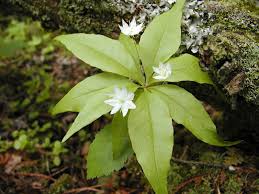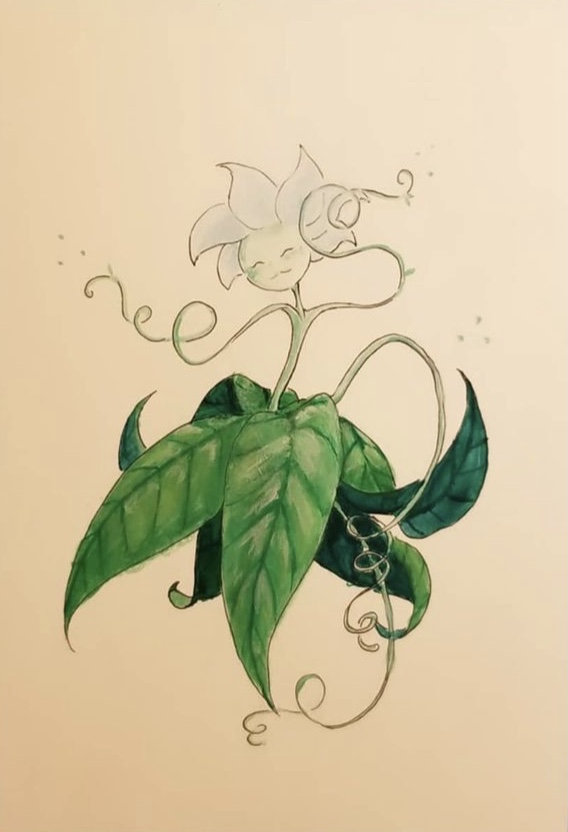Paijez
The Paijez creatures have qualities that the humans beyond the arches may refer to as fae or faerie. My interactions with the species are limited, only a few weeks, but I have found the colony that lives in our little woods to be very social, some even knowing our language, and the children often play with my son. I remember crafting Paijez houses with my mother as a child but never seeing them myself as we lived in the city. I have often been intrigued by writings from Jita'nii where human and Paijez culture interact much more than they do here and I look forward to the opportunity to communicate with them and learn more about their culture here in Aureus. Lady Sarah Kenneth's JournalThey live in all of the mainland countries in Zùnarìbh but do not live on any of the little islands or the larger island of Aurelia. Mostly they live in the undergrowth of heavily forested areas.There are core similarities among all of the Paijez across the continent - their appearance, family structure, and government structure. There are variations of dialect, workforce structure, and interaction with human cultures between colonies as they spread so far apart. The Paijez have existed as a species as long as the world has. They cannot be said to have officially been "discovered" as they have been seen by humans for as long as they have shared the world. However, each country has had a human or group of humans who have begun the study of the species.
Basic Information
Anatomy
Genetics and Reproduction
Growth Rate & Stages
Ecology and Habitats
Dietary Needs and Habits
Additional Information
Social Structure
Uses, Products & Exploitation
Facial characteristics
Average Intelligence
Perception and Sensory Capabilities
Civilization and Culture
Major Organizations
Relationship Ideals
Average Technological Level
Major Language Groups and Dialects
Common Customs, Traditions and Rituals
Remove these ads. Join the Worldbuilders Guild













This is an interesting species. I like how you really defined their culture and the different clans they have. The festivals were also a nice addition. I still have a question about their technology level though. Do they not use any type of tool or are there tools perhaps made out of plant material?
I'm definitely still building pieces. As of right now, they only tools they use are the pot they collect chemicals in and just the plants around them-not even plant material tools. But I plan on ruminating on this further and may be adding some specific tools later.